Presa Canario - Spanish Fighting Dog
22.04.2020.
The Presa Canario dog breed is also often called the Canary Mastiff and is a relatively rare large dog breed from the Molosser family who was primarily bred for working and helping in general farm chores and work.
These impressive dogs are originally from the Canary Islands and are now declared as a national symbol of the third biggest island in the Canary archipelago - the Gran Canaria.
The first name of this dog breed translated from its original Spanish means "Canarian catch dog", and was often shortened to "Presa Canario" or just plain simple "Presa".
History of the breed
To fully appreciate this strong and powerful dog breed we need to take a look into their history.
According to a famous Spanish historian by the name of Agustín Millares Torres, in his book called "General History of the Canary Islands", he stated that the exact information of the specific origin of big dogs that came to life or rather were discovered in these islands was incomplete. In his research, he mentioned that large Molloser-type dogs are playing a big role in local myths, funeral customs, and were even a food source for the native tribes (Guanches) of these islands. He found out that some legends say that some form of supernatural beings as demons appeared to the native people in the form of huge, muscular dogs. These “demons” were called "Tibicenas" on the island of Gran Canaria and went by the name of "Irnene" on its neighboring island by the name of La Palma. In Canarian cults, these dogs were mummified next to their owners and had the role of a guide to the afterlife. Archeological discoveries proved that the local indigenous people of the Canary islands use to consume tiny pieces of these dogs as they believed that it would give them the strength and courage that these dogs possessed.
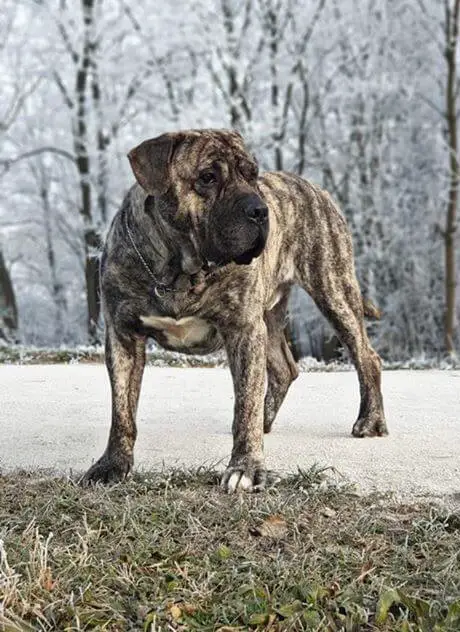
At the end of the 15th and the beginning of the 16th century, a conquest of the Canary islands happened and Molosser-type dogs were discovered on these islands. There were many written royal certificates and decrees, especially by the councils of Fuerteventura and Tenerife that were aimed at Presa’s ancestors. The first royal decree was issued in 1501. that allowed pig farmers to own and keep these dogs. The main reason for their ownership was the defense against wild dogs and other predators that wanted to grab the farmer’s pigs.
After some time, the table has turned on both the pig farmers and their dogs since their dogs started doing damage to the cattle they were supposed to protect. That time was really bad for those dogs and so much so that the local people were allowed to kill loose dogs and completely avoided any kind of punishment. After that, the royal government decided that it would be better for everyone if the killing stopped and that loose dogs be bound and restrained instead of killed. Between the 16th and 18th century the ownership of those dogs was declared illegal many times. The only people that could legally own those dogs were hunters and farmers that had legitimate reasons for ownership.
Dogfighting
There was one more reason these dogs were kept during all these times and it is a much bloodier and sinister reason than hunting and farming. Presa Canarios were also kept for dogfighting. Dogfighting has a long and bloody history in these islands and its tradition was kept alive since the 1950s. There were strict rules on dogfighting and one of the rules that dog owners agreed upon before the start of the fights was whether they had to be quiet or if they could get their dog all riled up. There are many testimonies done by first-hand witnesses and participants on how these fights looked like. There was also a strict rule in place that none of the spectators were allowed to touch or distract dogs during the time of the fight.
These events weren’t planned or organized, they happened spontaneously across the cities and were functioning on a basis of challenges.
The fights happened in such a way that one Presa owner challenged another and they would just draw a circle on the ground and place the dogs face to face. The fight could start at the moment the owners removed the collars and leashes off their dogs. These types of fights used to attract many surrounding people and in no time there were a lot of spectators.
Dogfighting was declared completely illegal in the middle of the 1940s but the bloody tradition of these fights was kept alive for a whole decade after that. These traditions started to die out only after Franco came to power and his supporters started enforcing the law that outlawed these fights. After that, the responsible breeding took over and these breeders started keeping detailed records and made sure that the magnificent Presa Canario lives on.
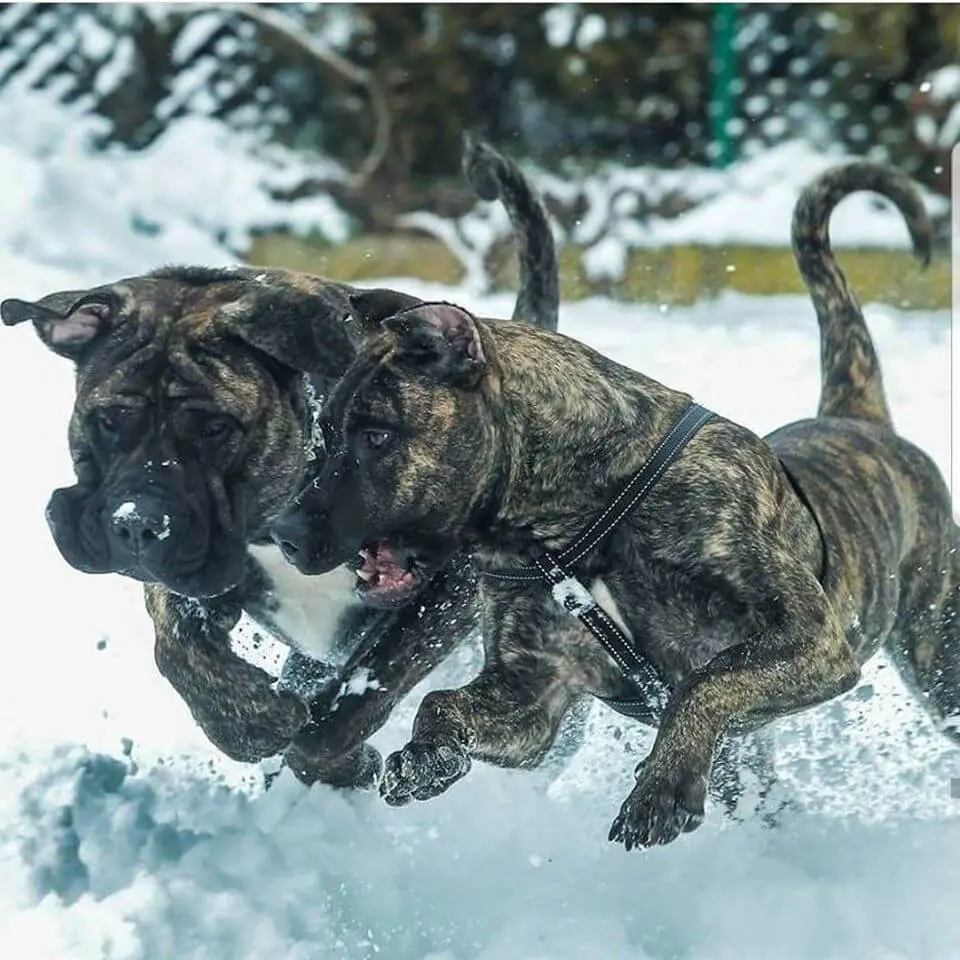
Presa Canario different names
The Presa Canario has been called by many names over the years and here are some of the most known:
Perro de Presa Canario
These dogs were officially named Perro de Presa Canario for a long time. It wasn’t until the royal decree of the Spanish minister for agriculture, fishing, and nutrition declared that these dogs should be referred to as the Presa Canario. They have even sent an official warning to the Spanish cynology association (Real Sociedad Canina de España or RSCE) to rewrite their official documents regarding these dogs.
Presa Canario
The name Presa Canario became official after the royal decree we already mentioned. The second official Spanish canine association immediately accepted the decree and started calling these dogs by their new name of Presa Canario. The RSCE needed some time to comply and didn’t change their official stance about this name right away. There are still many officials and other cynology individuals that prefer calling them by their first name of Perro de Presa Canario.
Dogo Canario
The word “Dogo” was used to describe a sub-type of dogs that were mostly crossbred between large Molossers and old original Bulldogs. The “Dogos” were mostly used for hunting, fighting, bull-baiting, and as guardians of livestock. It is very understandable how this nickname came to be for these dogs. Their ancestors most likely are from these two dog breed families and their main occupation was indeed what most of the “Dogos” did. FCI officially used this name until 1.1.2019 and after RSCE requested that the name changes, FCI approved and changed the breed's name to Presa Canario.
Hopefully, now you know a little bit more about the impressive Presa Canario and its rich and colorful history.
World Dog Finder team

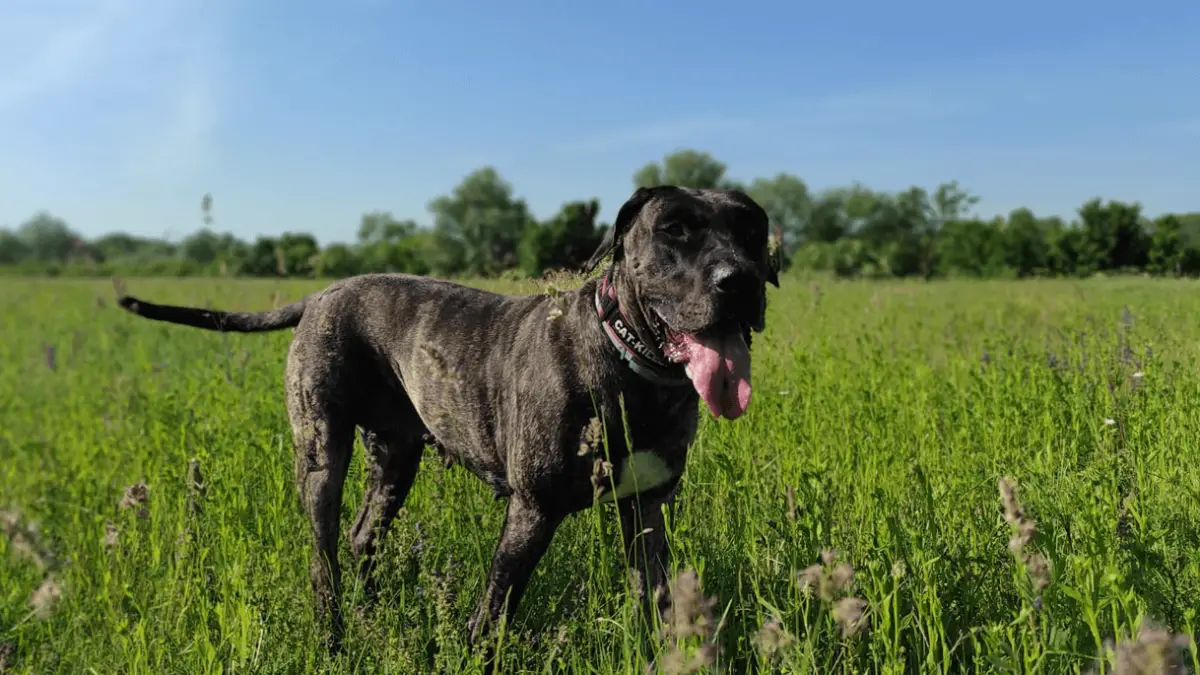

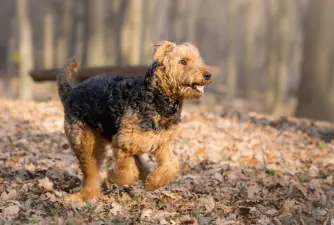
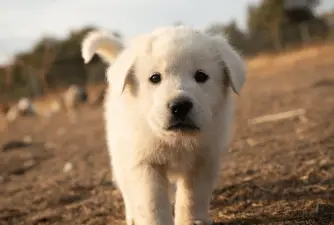


Share